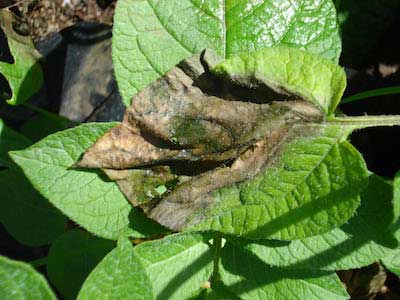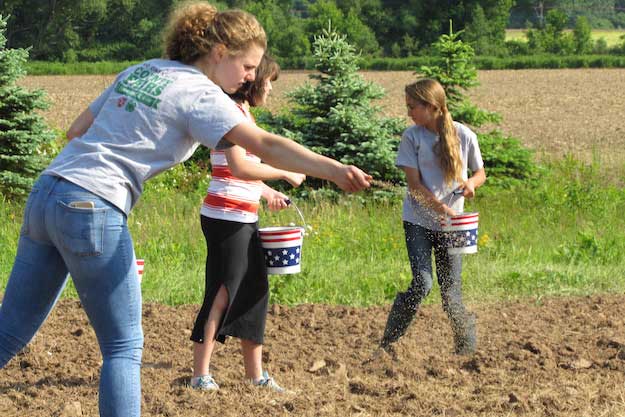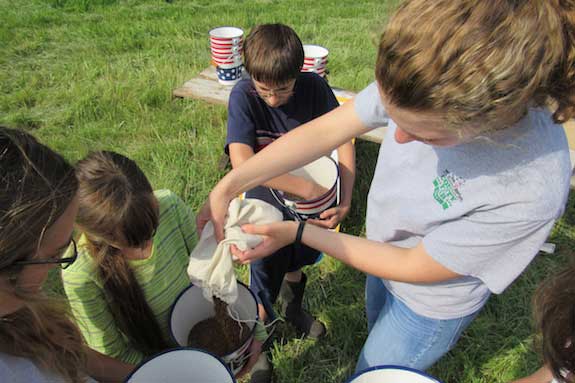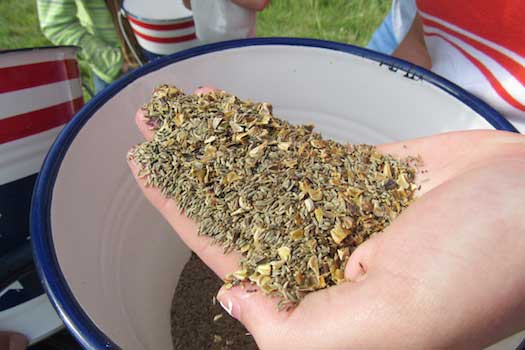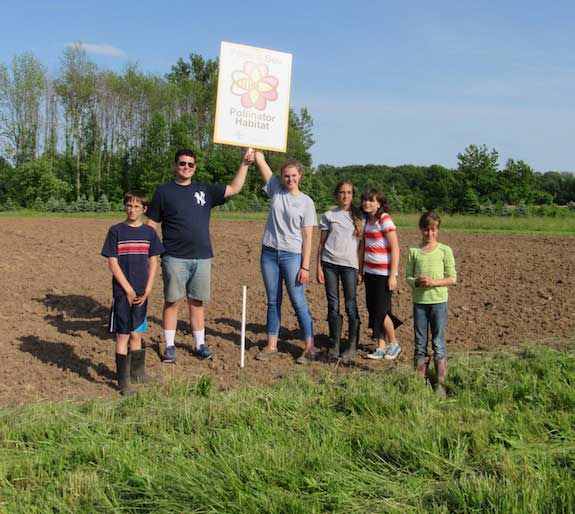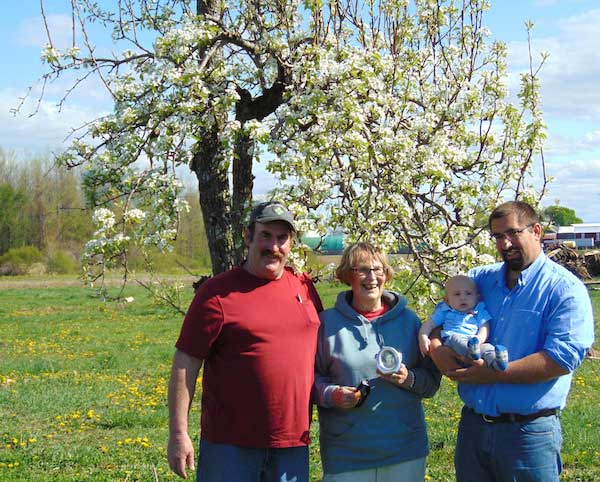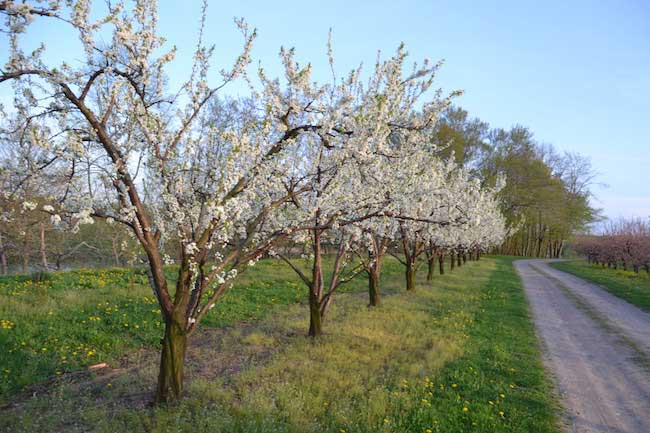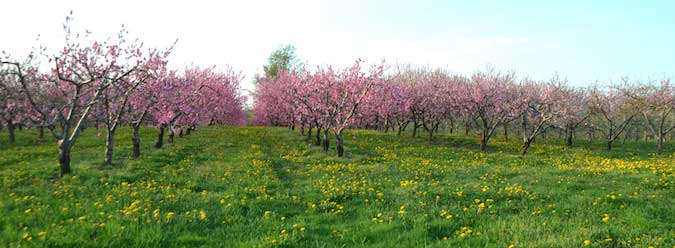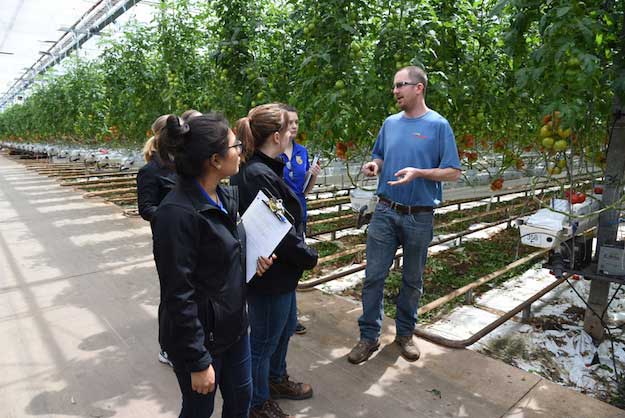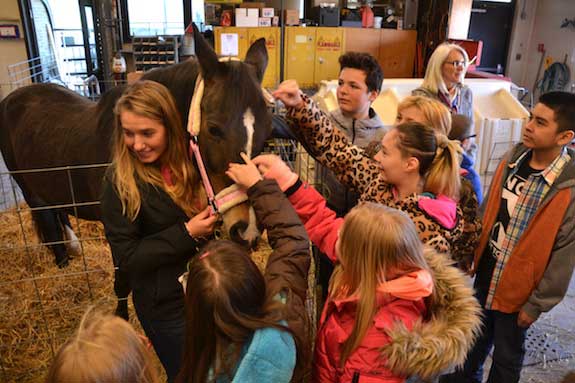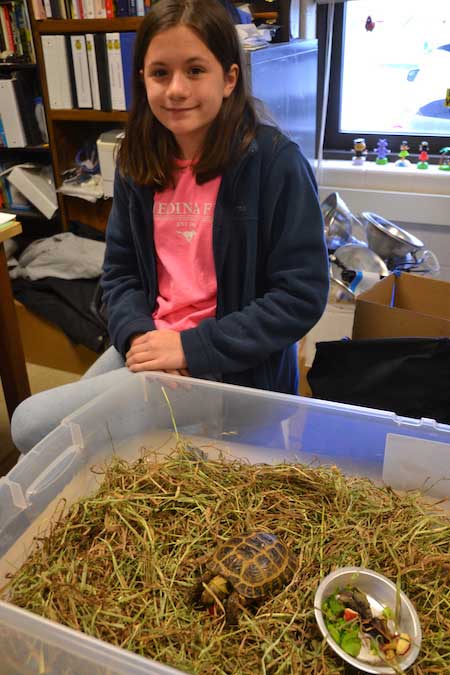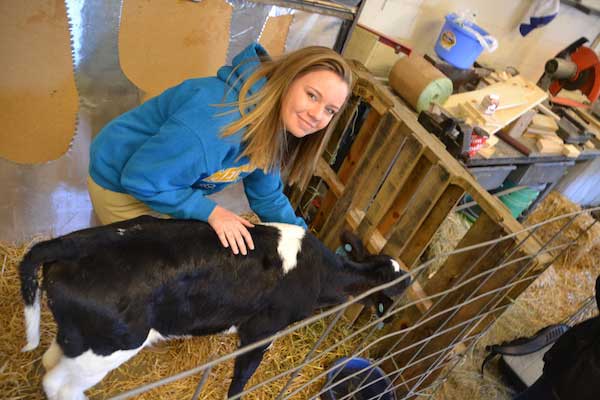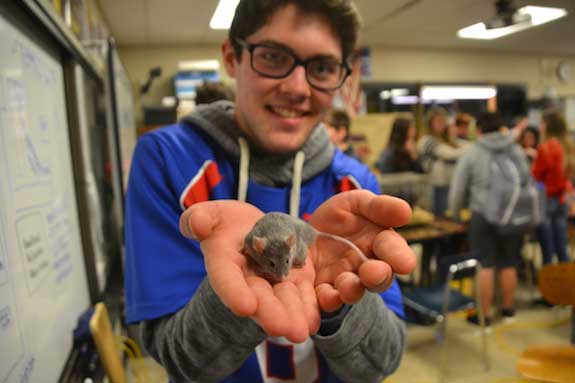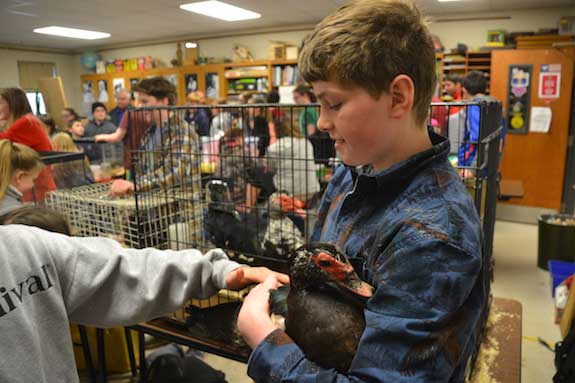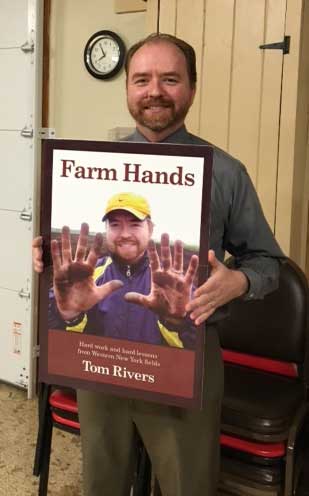New farmers’ market debuts on Thursday in Clarendon
By Ginny Kropf, correspondent
CLARENDON – A new farmers’ market in Clarendon is a dream come true for Nyla Gaylord, a Clarendon native who also is a proponent of home-grown food.
In the spring, Gaylord suggested the idea of opening a farmers’ market in Clarendon and on Thursday afternoon, her idea will become a reality.
The Clarendon Farmers’ Market will debut on the grounds of the Clarendon Historical Society and will be open from 3:30 to 7 p.m. every Thursday until the end of October.
Six vendors have already signed up, and more are welcome.
“Locating the market at the Historical Society complements the friendly ‘old time country’ feeling the market seeks to promote,” Gaylord said.
She first became interested in starting a market last winter when she canvassed local farmers’ markets in search of a local venue to sell the eggs she raises on her family farm.
“I’ve always enjoyed raising chickens and envisioned I would spend my early retirement years working part time selling eggs and other farm products I could produce on my own property,” Gaylord said. “I was surprised to learn the smaller farmers’ markets in Orleans and adjoining counties were not accepting new vendors. While my research supported the idea there is a growing demand for locally produced food, it seemed there was no local venue for small producers to get the food to consumers. So, the best alternative seemed to be starting one in Clarendon.”
Melissa Ierlan, historian for the town of Clarendon and president of the Clarendon Historical Society, has always been a supporter of new ideas to promote the town and its history, Gaylord said.
“Melissa pointed out the antique farm equipment and facilities at the Historical Society would be an ideal backdrop for the old fashioned public market I envisioned,” Gaylord said. “We surveyed about 35 residents and got their input on what should be offered, where and when. It seems Thursday afternoons will not conflict with other public markets and community events. We hope to attract commuters who travel Route 31A, as well as local residents and groups of tourists.”
With the support of the Clarendon Historical Society and the town of Clarendon, Gaylord wrote two proposals for funding for advertising and staff for the market. And while they were not funded, Gaylord said she made some valuable contacts and learned a lot about starting and running a market.
“Clearly, it’s a lot of work, but I decided ‘if it is to be, it is up to me,’ and jumped in to do what is needed to make it happen,” Gaylord said. “This is my home town and we need something like this to help build community, stimulate the local economy and make fresh food easily available to our neighbors, many of whom are older and have limited transportation.”
In the future, the market will accept Food Stamps and the Senior Nutrition Farmers Market coupons.
Vendors will offer eggs, baked good s, vegetables, crafts and more.
Opening day at the Clarendon Market will also feature music by the bluegrass/gospel group, the Fox Den.
Interested vendors and musicians who would like to take part in the market are encouraged to contact Gaylord at (585) 703-0564 or e-mail Clarendonfarmersmarket@aol.com. There is no fee to set up a table, but donations to help with the cost of advertising are gratefully accepted.
Clarendon Historical Society is located on Route 31A, just east of the center of town.


























